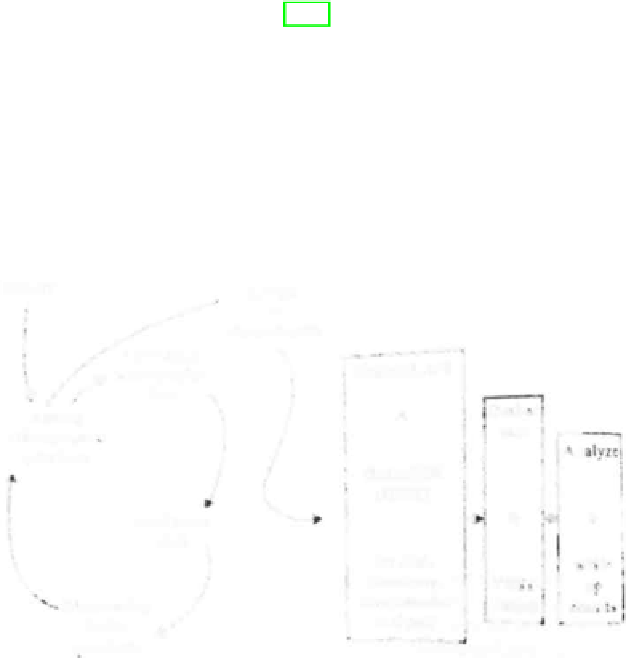Information Technology Reference
In-Depth Information
reference material for consultation throughout the process of the EDTM devel-
opment, which is argued hereby that it can also serve for the ABSS development.
In the original methodology there is a rather arbitrary suggestion that the
qualitative cycle would need to be done at least 10 times first, and then proceed
with the EDTM development [Beck, 2000]. Another rather arbitrary suggestion
from the original proposal is that an EDTM is successful if it can predict be-
tween 85% and 90% of the tested individual choices. This criterion may have
been inspired in the concept of statistical confidence intervals, yet it remains
unconfirmed if that is the case and whether the related literature would be ap-
plicable to EDTMs. Given the likelihood of EDTMs being based on relatively
small samples, there is a significant risk of statistical errors in testing hypotheses
because normality tests would -most likely- not detect non-normality in such
limited datasets.
Fig. 2.
The original EDTM development cycle proposed by [Gladwin, 1989]
For the purpose of integrating this approach with the previously discussed
EDAM, The proposed adaptations of the original EDTM include the following
aspects:
-
To allow the process to begin with surveys, which shall -at a later stage- be
complemented with an ethnographic approach. This is to provide flexibly in
terms of reaching a larger population and circumvent the common diculty
of modellers not being physically able to access the decision-makers
in situ
.
This means that the first phase can hold a series of surveys, with the intention
to improve the understanding of the decision-making process in question.


